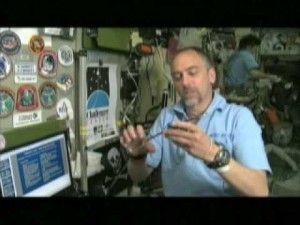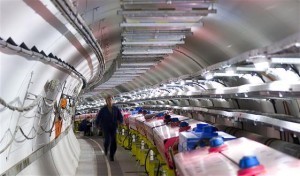A small telescope is often described as a rather simple device. By place two lenses in a tube at the right distance, Galileo changed our understanding of the universe. But in fact the interaction of light and glass is extraordinarily complex, as you can see in the video above.
The video simulates a pulse of light striking a series of lenses. You can see how some of the light reflects off the surface of the lenses rather than simply passing through and how the effective speed of the light slows down while passing through the glass. You can also see how the colors of the light begin to spread apart, which is a process known as chromatic aberration. It’s a subtle dance we can’t see directly, but the effects of this dance makes telescope design challenging.
While it is fairly easy to make a basic telescope, making a truly good one is a big challenge. It’s forced us to learn how to make lenses and mirrors with precision, and even to use computer modeling to create more useful telescope designs. We’ve come a long way, but we are still learning about the ways light interacts with material, and how we can use that dance of light to better see the cosmos.











Comments
There is a new design for a holographic telescope on Seti YouTube video by Tom Ditto Feb 22.
That’s a beautiful animation/simulation of the nature of light and how it interacts in complex and subtle ways with the humble optics of a simple telescope.